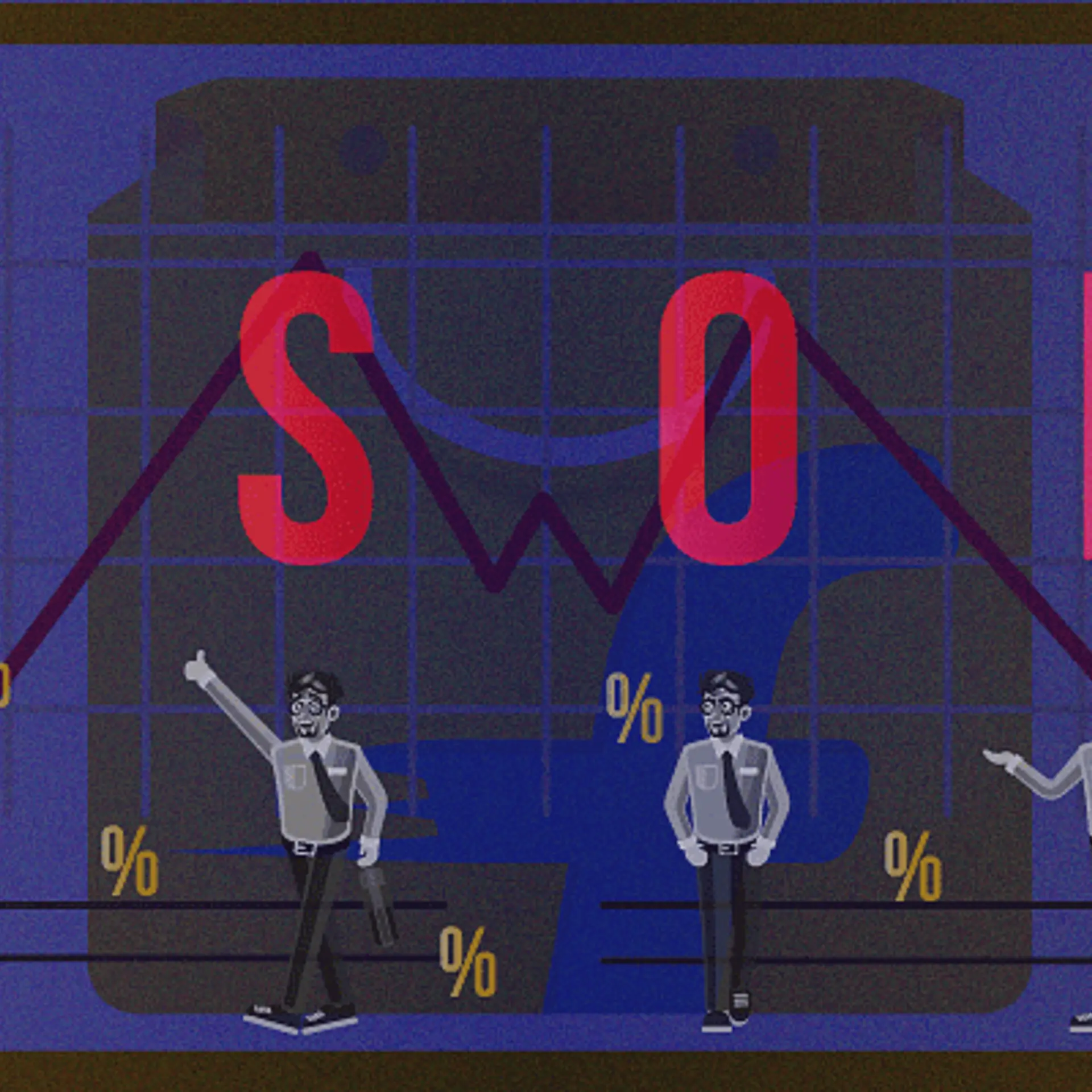Carbon Chronicles: India's climate crucible
This article is the first in a series authored by Dr. Sidhant Pai co-founder and chief science officer at StepChange, that applies a scientific lens to the risks and opportunities around climate change, sustainability and clean-tech in India.
In March 2023, the Intergovernmental Panel on Climate Change (IPCC) released a synthesis report that summarised our scientific understanding, gleaned over many decades of study, into the causes and impacts of climate change. The report provided an updated, credible and extensive science-based review of the dynamic coupling of human activities and climate change (i.e. - the impacts of human activities on climate change, as well as the impacts of a rapidly changing climate on human society). It is a sober read, and should leave us all with a lot to think about.
In it, over 600 of the world's most renowned domain experts, across three different working groups, leveraged state-of-the-science research methods to conclude that human green-house gas (GHG) emissions had “unequivocally” warmed the global climate, increasing the planet's average surface temperature by over 1°C above pre-industrial averages. The scientists were also clear that the surge in GHG emissions over the past century had led to important changes in the atmosphere, hydrosphere and biosphere.
While limiting global warming to 1.5°C (i.e. around half a degree over what has already occurred) is a commonly stated objective in political discourse, the report suggests that it is likely we will see this level of warming in the next 10-20 years unless we take targeted steps towards reducing global GHG emissions. In fact, the IPCC projects that if nations do not become increasingly ambitious about decarbonizing their economies and continue at their current levels of ambition, global temperatures will likely rise by 2.8°C (relative to pre-industrial temperatures) by the end of the century.
Climate Change is poised to fundamentally disrupt India’s social and economic systems over the next few decades unless we understand how to effectively mitigate and adapt. In this new series, we focus on exploring how this societal challenge interacts with individual sectors of our economy, shedding light on the opportunities for targeted action along the way.
These temperature thresholds are not always intuitive, so it’s worth explaining how to interpret them. The impacts of climate change are pervasive, but nuanced. Increased warming (as depicted by a temperature rating, e.g. 1.5°C, 2°C, etc.) can be viewed as a proxy for how strongly humans are perturbing global and regional climate systems. Higher the temperature change, higher the perturbation.
The near term effects of this perturbation include (1) increased heat-related death and illness, (2) food-borne, water-borne, and vector-borne diseases, (3) human displacement and productivity loss, (4) sea-level rise and coastal flooding, (5) biodiversity loss, (6) intensified monsoons and tropical cyclones, (7) droughts and (8) immense stress on regional food production systems. The higher the temperature change, the more intense these impacts. For instance, for many regions in India, the difference between a 1.5°C and 2.8°C warming could mean the difference between experiencing 50 days of hyperthermia (heat-stroke) inducing heat and 150 days of the same levels of heat.
Anyone who has been exposed to an Indian summer can attest to the fact that this kind of shift in weather would fundamentally alter society, impacting human health, productivity and quality of life. Similar shifts can be expected from monsoon patterns, leading to unpredictable floods and droughts that will impact millions of vulnerable small-holder farmers and shock the national food system. Despite these very clear risks, we are currently well on our way to around 2.8°C in warming. As a result, between 3.3 and 3.6 billion people (over 40% of the world’s population) now live in regions that are highly vulnerable to the impacts of climate change.
The doom and gloom in the previous two paragraphs are not meant to dissuade efforts to combat climate change. To the contrary, they are intended to provide a clear and cutting rationale for why we need to prioritise efforts in this space. As the most populous country in the world, India finds itself at a remarkable inflection point - poised to expand on its economic commitments but still well-positioned to make and meet ambitious environmental ones.
As climate change becomes an undeniable reality, decisions made by Indian stakeholders will become increasingly pivotal towards determining the global climate trajectory. While an important portion of these decisions will be made by governmental regulators, private industry will play an equally crucial role in ushering in a decarbonised Indian economy.
Given that corporate sustainability and fiduciary commitments are often positioned as adversarial, this series will focus on exploring opportunities for them to thrive synergistically, unpacking the benefits and tradeoffs of different decision-making levers across individual sectors of the economy.
In order to understand the role of India in the global climate landscape, it’s essential to start by contextualising its greenhouse gas (GHG) emissions. India contributes around 7% of global GHG emissions, making it the third-largest emitter after China (around 33%) and the United States (around 13%). However, it’s important to remember that, in per-capita terms, the average Indian emits around 2.5 tCO2e per year, much lower than most developed economies (US: 17.6 tCO2e per year, EU: 7 tCO2e per year, Japan: 9 tCO2e per year). That said, as the Indian economy continues to develop, these per-capita numbers are positioned to explode - unless we actively chart a more sustainable development path for the country.
India has made substantial pledges to reduce its GHGs, including to reduce its GHG intensity (relative to GDP) by 45% from 2005 levels by 2030. The country has also set an ambitious target of achieving 50% of its total electricity generation from non-fossil fuel sources by the same year. Meeting these targets will require stakeholders in each sector of the economy to take targeted decisions to set and meet ambitious decarbonisation goals. As it stands today, the most polluting sectors in India (by absolute GHG emissions) are the Power Sector (around 36%), Agriculture (around 21%), Manufacturing and Construction (around 17%) and Transportation (around 9%). Several key sectors (such as steel and cement) have disproportionately high carbon emissions intensities relative to their GDP contributions.
Future instalments of this series will delve into these sectors individually, exploring why they are so carbon intensive and what we can do to decarbonise them. In particular, we will focus on the strategies, methods, technologies and tools available to private-sector stakeholders in these sectors that are interested in decarbonising their operations.
This series is intended to be more than just a collection of facts; it's an invitation to participate in a paradigm shift. In exploring the synergy between information and action, we hope to develop a science-based compass that can help chart a more sustainable course towards climate action across the Indian economy. Stay tuned for the next article, which will provide a historical lens of how emissions have increased across different sectors in India, and focus on understanding the reasons behind these increases.
(Special thanks to Keshmina Chevli and Anisha Maini for their help researching the facts and figures in this article.)






